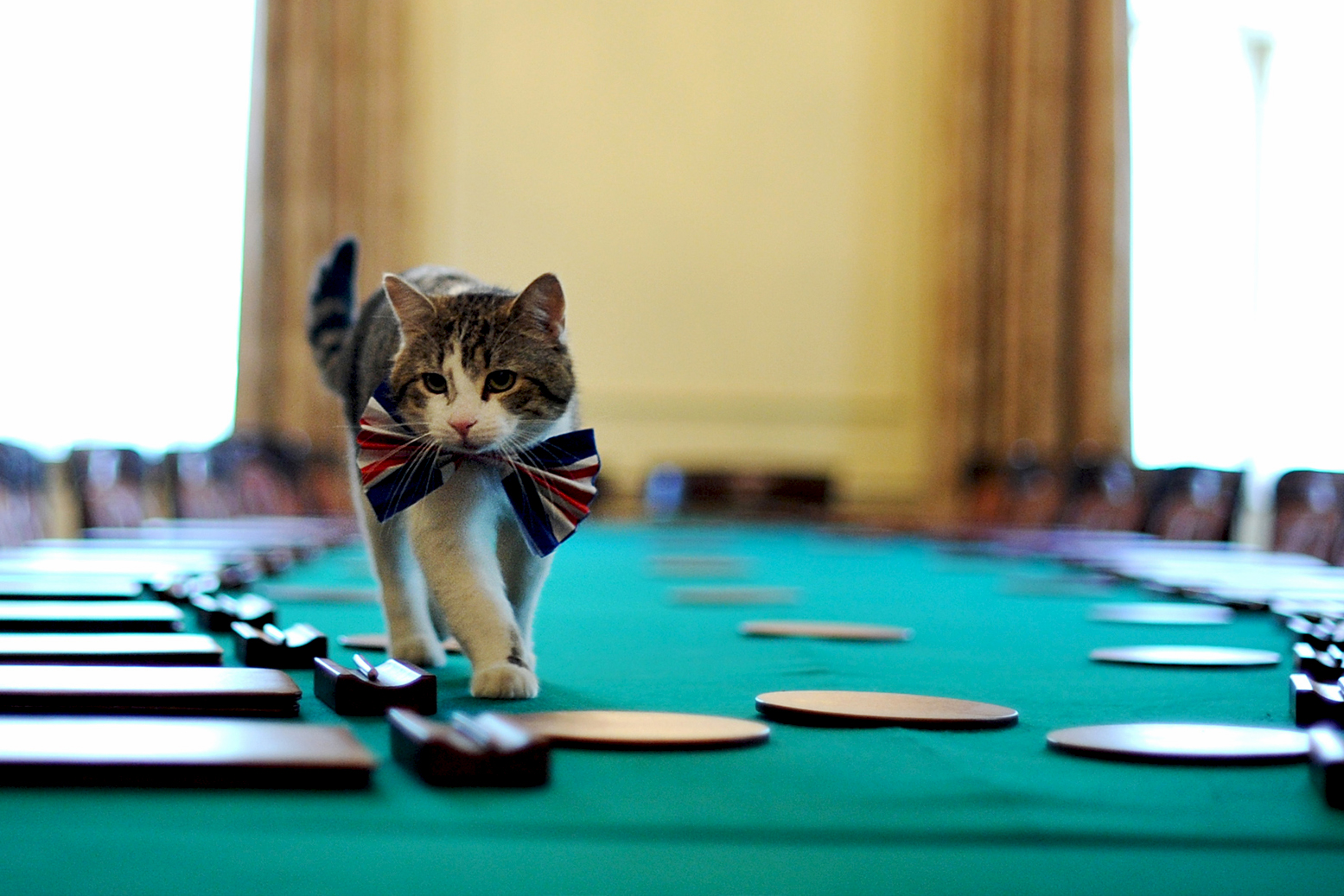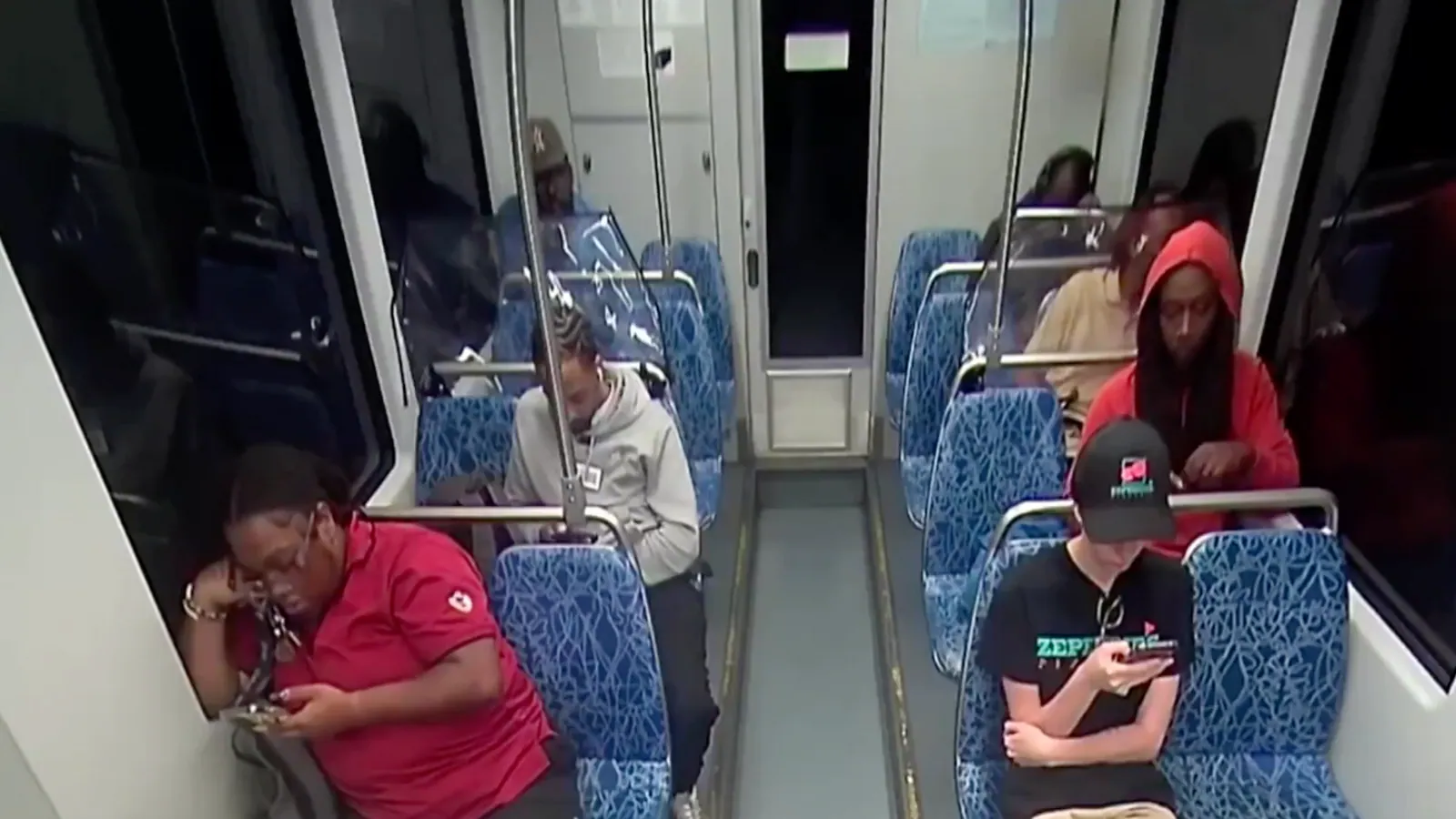By Rachel Cunliffe
Copyright newstatesman

In 2024, the former special adviser and journalist Peter Cardwell had a burning question: if Labour won the election and Keir Starmer moved into Downing Street, what would happen to the family’s cat, Jojo? After the election, Cardwell had it confirmed that Jojo did indeed follow the Starmer family into No 11 (where prime ministers often take up residency), although he had yet to meet Larry – the undisputed feline star of UK politics.
Cardwell’s tweet on this “kitty exclusive” went viral. More than a million people saw the news. If Cardwell – a lifelong animal lover who organised a rescue cat for former justice secretary Robert Buckland and has referred to Tom Tugendhat as Tom “Tugendcat” live on air – had been in any doubt as to whether people would be interested in a book all about politicians and their pets, the Jojo incident dispelled them.
The result is Political Animals: The Secret Life of the Political Pets of Westminster and Washington. Political life “has many moments of pause”, writes Cardwell. “And, as I realised, it also has a lot of paws.” Lest anyone think this is facetious, polling reveals that 47 per cent of the British public have heard of Larry the cat, who officially holds the title Chief Mouser of Downing Street. For context, that’s two and a half times the number who know that Keir Starmer’s father was a toolmaker.
Larry, whose mouse-hunting skills are debatable, is a Westminster celebrity. The white-and-tabby rescue from Battersea has been petted by Barack Obama, has chilled out with One Direction and had to be moved out the way for Theresa May to make her resignation speech as he was sunbathing outside No 10. He has “served” under six prime ministers and eight chancellors during 14 years in office, clashing with the pets they brought with them. Cardwell notes that headlines on the Downing Street website on the day of his arrival covered: “Prime Minister’s meeting with Russian foreign secretary Sergey Lavrov, Alternative Vote Bill, Ministry of Defence email sackings, inflation and Larry the cat.”
That’s just the start of the book’s fascinating forays into how pets shape politics. There’s an entire chapter on Churchill, whose collection included two kangaroos, a lion and a leopard. He petitioned the Australian government to send him a duck-billed platypus in the middle of the war (it did not survive the journey). And his cat Nelson was included in World War II evacuation plans. All the cats of today’s Whitehall get their due: the Foreign Office’s Palmerston, now a “feline relations consultant” for the governor of Bermuda; Gladstone, whose arrival in the Treasury made the front page of the Evening Standard, and Evie and Ossie, who patrol the Cabinet Office and attend Cobra meetings.
On the other side of the Atlantic, Cardwell informs us that John Quincy Adams “may or may not have had an alligator in the White House”. But mostly the story there is about dogs. FDR’s beloved dog Fala was so famous he was used in counter-espionage, with returning US soldiers tested on whether they knew the dog’s name. Pushinka, a dog given to JFK’s daughter by Khrushchev, may have played a role in averting the Cuban Missile Crisis. Nixon used his dog Checkers to humanise his image (a tactic also employed by Oliver Cromwell and Jeremy Hunt). Obama’s dog Bo worked the White House elevator buttons with his paws. Donald Trump, a notorious germophobe, is the first president in over a century not to bring a dog. Read into that what you will.
Is there a serious point to all this? Cardwell’s access to senior politicians of the past two decades is extraordinary. Amid heart-warming anecdotes, we learn a lot about how government works behind the scenes – and not just the mouse problem in the crumbling buildings of Whitehall and Westminster. We learn about the inner workings of diplomacy (Boris Johnson credits his dog Dilyn with securing a deal to buy satellites from India), advances in accessibility (when David Blunkett first visited parliament as a student, his guide dog was denied entry) and the obstacles, red tape and hoop-jumping involved in achieving anything in politics – whether getting Brexit done, fixing the foundations or acquiring a cat.
As for Larry, in addition to his incontrovertible role as a medium of UK soft power, the government website states “his day-to-day responsibilities also include contemplating a solution to the mouse occupancy of the house”. While this is literally what he was brought into Downing Street to do, according to the cat himself this policy is still “in tactical planning stage”. They do say pets resemble their owners.
Political Animals: The Secret Life of the Political Pets of Westminster and Washington Peter CardwellBiteback, 288pp, £14.99
[See also: Leo Varadkar: the man who won Brexit]



